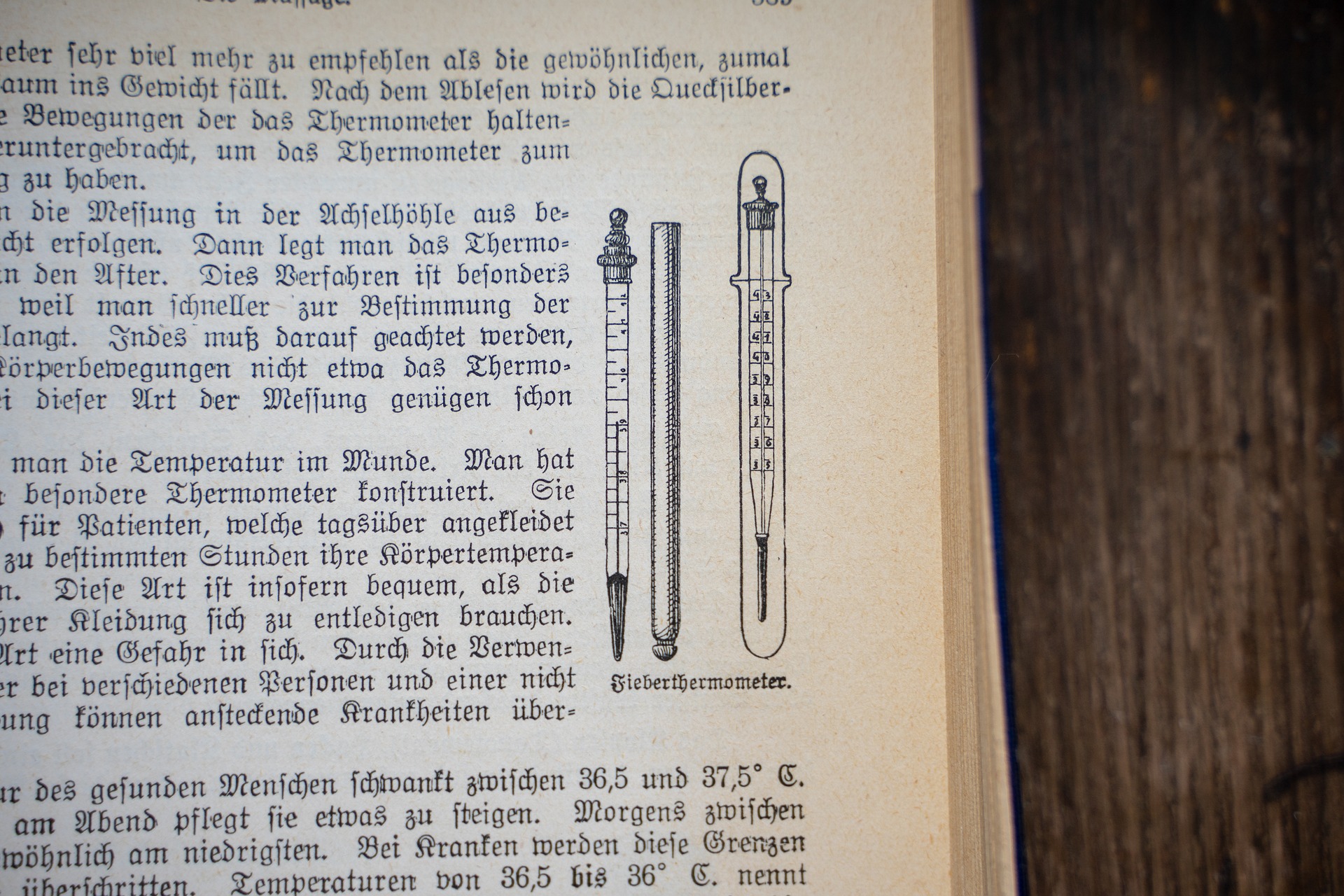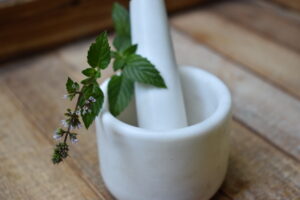Links contained in this post and elsewhere on my website may include affiliate links. When you make a purchase through these links, I earn a commission at no additional cost to you. I only link to products and services that I love - and that I think you will love, too!
Most people will experience a fever from time to time. Today, let’s talk about basic first aid for fevers- how to know if you should seek medical assistance and when it is ok to let them run their course, and what kind of thermometer to keep in your first aid kit.
What is a fever?
So, first off- what is a fever? A fever is a rise in internal body temperature. It’s usually triggered by the immune system and is a response to bacterial or viral infection.
A rise in body temperature can also be hyperthermia. Hyperthermia is caused by the body’s inability to regulate its temperature when faced with high external temperatures in the environment. Heat stroke is a type of hyperthermia.
Sometimes, autoimmune conditions can trigger a fever as well. Low grade, recurring fevers are associated with autoimmune conditions.
In a healthy adult, most fevers aren’t dangerous. Problematic fevers for normal adults and children are anything over 102 degrees Fahrenheit, or any fever that lasts for more than three days. A fever with vomiting and diarrhea needs to be watched carefully, because it can lead to dehydration.
For children under two, a fever for more than one day is a good time to call the doctor. Serious fevers for babies three months old or younger start much lower, though. if a three-month-old or younger baby has a fever at all, it should see a doctor.
What should you do for a fever?
Surprisingly, you may not need to do anything for a fever. Even though they are uncomfortable, they are a normal part of the healing process. Drinking plenty of fluids and getting enough rest are the most important things you can do.
Sometimes, feeling too hot (or too cold!) are part of having a fever. Dressing so that you feel comfortable and using blankets if you feel chilly can help.
You can read more about fever first aid on the Mayo Clinic website.
There are many ways to encourage someone to stay hydrated during a fever. Some options include:
- juices
- caffeine-free herbal teas
- soup
- broth
- frozen herbal teas and juice
Herbal comfort during a fever
Taking a warm bath or a cooling sponge bath may also help you feel comfortable. I like to grate a hand of fresh ginger into a muslin cloth and add it to a warm bath (to keep things tidy), or directly into a warm foot bath.
Herbal teas that may be comforting during a fever include peppermint tea, yarrow tea, or elderflower. You can read more about traditional fever herbs in this article.
When to seek higher care for a fever
There are several important signs that indicate someone with a fever needs medical assistance. These can include:
- severe headaches
- stiff neck or neck pain
- mental confusion
- extreme listlessness
- irritability or other extreme emotional states
- drastic personality changes
These symptoms are problematic because they may indicate a severe infection or a potentially life-threatening infection like meningitis.
If diarrhea or vomiting is present along with the fever, the person should be watched carefully to make sure they are getting enough fluids so that dehydration doesn’t set in.
Choosing a thermometer
Now, what about thermometers? The push over the past several years to phase out mercury thermometers means that most of the available thermometer options are going to be digital, battery-operated models.
This is fine when you live close to the store and can run out for another battery because it seems like the battery always goes dead just when you need it, but there is another option that should be considered as backup.
The best option to consider is a clinical grade, mercury-free glass thermometer. No batteries to fail. They are glass, though- be careful not to drop them and be sure to store them in their case.
These use a non-toxic liquid in the bulb as a substitute for the mercury found in older models. These can be found for less than ten dollars each so, cost-wise, they are even competitive with digital thermometers.
Learn more about fever first aid and herbalism
This article examines the class of herbs called diaphoretics that are traditionally used to support the body during a fever. It also explores the phenomenon of fevers from an herbal perspective.


